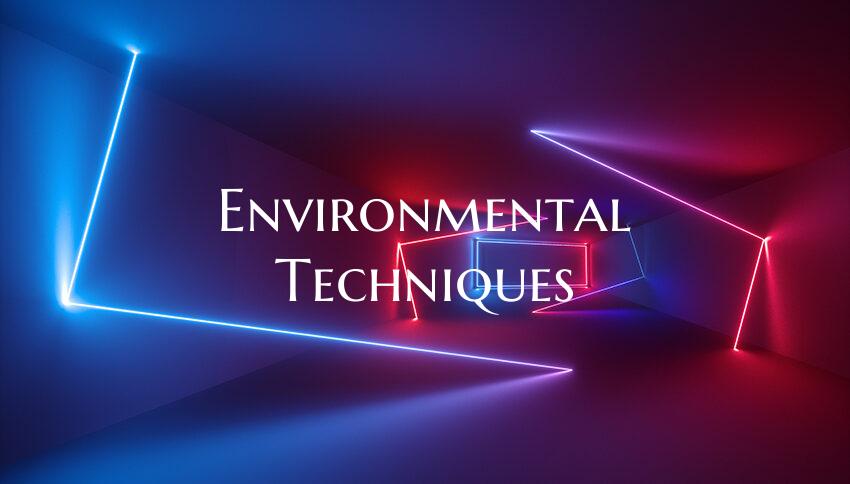Environmental Techniques
Environmental techniques are innovative solutions that aim to mitigate human impact on nature and promote sustainability. These techniques encompass a range of practices and technologies that are designed to protect the environment, conserve resources, and reduce pollution. From energy-efficient technologies to waste management strategies, environmental techniques play a crucial role in addressing pressing environmental challenges.
One key aspect of environmental techniques is the promotion of renewable energy sources such as solar, wind, and hydroelectric power. By harnessing these clean energy sources, we can reduce our reliance on fossil fuels and lower greenhouse gas emissions, thus mitigating climate change. Implementing energy-efficient technologies in buildings, transportation, and industries is another vital environmental technique that helps to minimize energy consumption and carbon footprint.
Additionally, waste management techniques are essential for preventing pollution and conserving natural resources. Recycling and composting programs promote the reuse of materials and reduce the amount of waste sent to landfills. Advanced waste treatment technologies, such as anaerobic digestion and incineration, help to manage waste streams more sustainably and generate renewable energy in the process.
Furthermore, sustainable agriculture practices, like organic farming and agroforestry, utilize natural processes to enhance soil fertility, conserve water, and protect biodiversity. These techniques promote food security and resilience in the face of climate change while minimizing the use of synthetic fertilizers and pesticides that harm the environment.
Overall, environmental techniques are vital tools for creating a more sustainable and resilient future. By integrating these innovative solutions into our daily lives and industries, we can protect our precious natural resources, combat climate change, and ensure a healthy planet for future generations.

